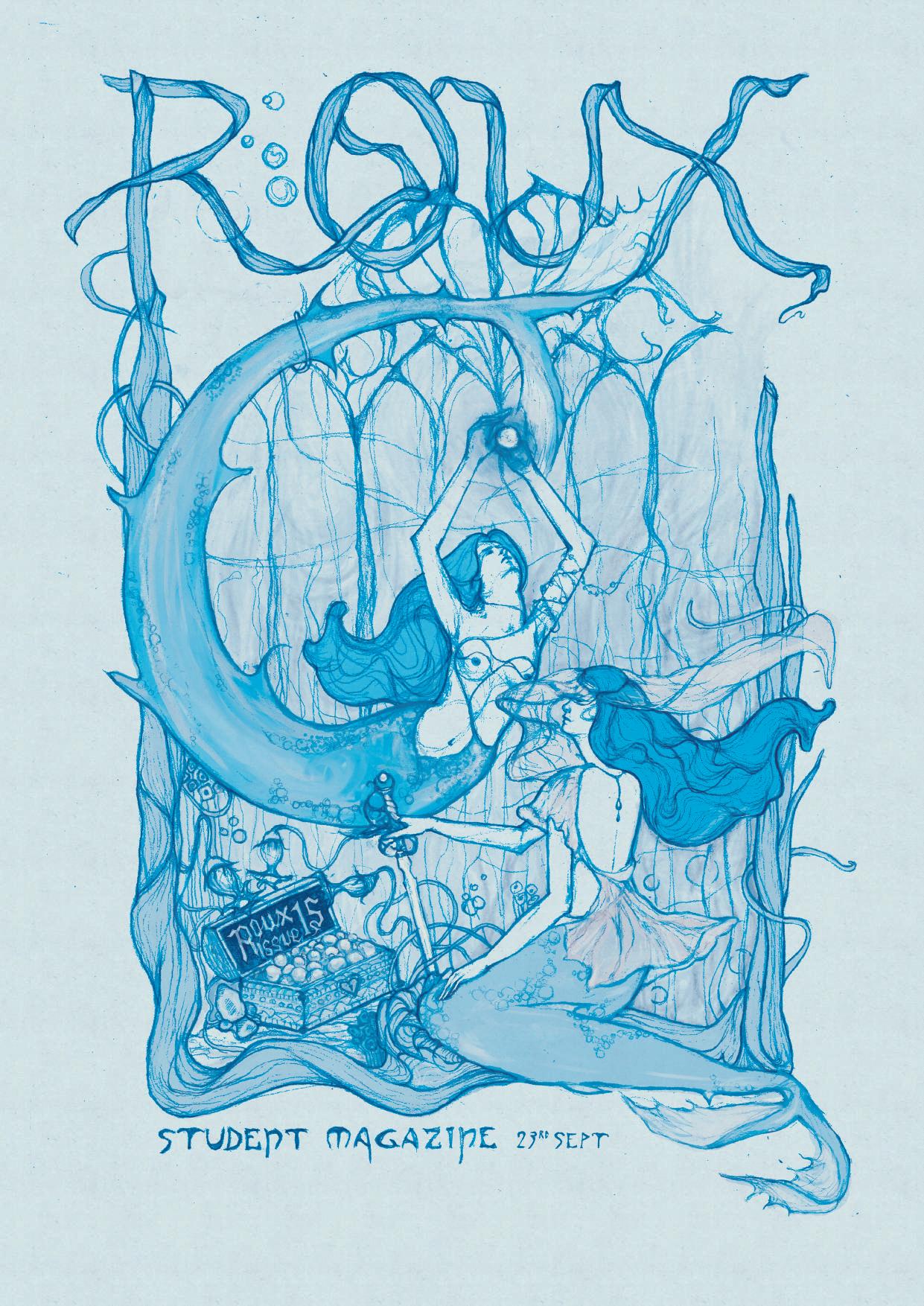

2022
Issue 15, 23rd September 2024
Luxembourg
Print run: 515 copies
Chief Editor: Karla Gerfeld



2022
Issue 15, 23rd September 2024
Luxembourg
Print run: 515 copies
Chief Editor: Karla Gerfeld
2
European Heritage Days
Making Future Heritage @Spektrum
12 Balls Poster
Starring
20
This Summer Shall Burn Three poems
6
Les Femmes Muchas
Czech out these girls!
14 Beer n’ Balls feat. frooty brews
8 Den Escher
Déierepark
Lux photo tour #4
16
Water Dust at Lake Monroe
Short story
22 rat in a rut summer girl. poem (if you want)
Daniel SCHENKELS – space jesus but a mad mage
Dorian SOUSA CALVO – thought fish sticks were chicken nuggets
Jacopo MOGLIA – chief contemplative officer
Jason BILLARD – cutting a branch with his teeth
Kristina SHATOKHINA – woman of vision; high priestess
Margaryta ALEKSANDROVA – the witch
Nancy LAMBERT – landscape shutterbug
Sherley DE DEURWAERDER – mossy music nerd
Sofia MILLER – entertains the primordial Hylemxylem
Umut UCAK – level 100 yapper
Valère GAUBE – none of the things I did was ungrammatical
Zoltan TAJTI – Eastern machinations
We are thankful to: Ramona Ventimiglia and the Office of Student Life, Veerle Waterplas, Sonja Di Renzo, Antonio Tavan, the Repro Team, Espace Cultures, Anouk Wies, Karin Langumier, Bianca Pirrelli, Student Lounge Belval and all children of SAUL, Dalmat CoffeeHouse, Julie Toussaint, LLC, and Silvia from Café Saga.
Unless otherwise noted, all images in the magazine are public domain as described in the Creative Commons CC0-1.0 Universal Public Domain Dedication licence, and fall under no copyright obligations.

10 On Open World Games
Video game review
18
à
Deux Imitations de Pétrarque Sonnets traduits
24
Curry from Scratch Recipe
Direct all copyright claims to: paper.roux@gmail.com
Find us at: campus buildings (reception areas, magazine stands), student lounges, chill-out-zones, Dalmat CoffeeHouse, and LLC.
Join us! We are looking for graphic designers, writers, artists, photographers, reporters, administrators and all sorts of sailors willing to (wo)man the good ship ROUX in the upcoming academic year!
Contact us: paper.roux@gmail.com Find the magazine online: https://issuu.com/ rouxmagazine
Instagram: @roux.magazine
Some pages designed using images from rawpixel.com Cover hand-drawn by Kristina Shatokhina Poster p. 12–13 hand-drawn by Jason Billard ©ROUX Student Magazine. All rights reserved

by Jack Moller
Hello and welcome to all students new and old to another year here at the University of Luxembourg. By way of introducing you to what your student magazine has in store for you this year, I thought I might share a story of my first time coming to the Belval campus, many moons ago.
Luxembourg is a quite liminal place in general, but doubly so for students and triply for students not involved in Economics or Law. Such was my case, having been enrolled with the faculty of Philosophy. There was therefore a bit of a strange sensation to the trip, as I left home and crossed the river along my way. It was a lukewarm day as I passed through the shade of the great financial institutions, massive and alien in their ostensibly non-judgemental greed.
As I arrived at the station to board the train towards Belval, I happened to spot the train driver out ahead popping out for a smoke break and chatting with some CFL colleagues on the platform. I didn’t hear much of the conversation, and the parts I did were in a language I didn’t understand, but he seemed like an irascible sort, covered in white hairs, his eyes reflecting the embers of his rolled cigarette. His irritation seemed to stem from being owed money; he hopped back into the train he was driving shortly after being tossed a few coins.
Shortly thereafter, I got off at Belval station and started the seemingly endless walk up to the university proper. It was early, so there were few other people and those who were there seemed absent, and barely aware of their surroundings. Clearly I was not the only one in need of coffee that morning. As I walked, I saw that the university had apparently set up a welcome portal, and I beheld written in dark letters across the top of it the words:
Gitt all Hoffnung op, dir wou erakommt
I may have fared better had I known Luxembourgish. In any case, welcome (back) to the University, and best of luck to you all!
"History is not a burden on the memory but an illumination of the soul."
— Lord Acton

What does heritage mean to you?
Is it your grandparents' stories, the family jewellery, maybe that exquisite china resting in your auntie’s cupboard? Might it be the old buildings and landmarks that dot your hometown?


This time of the year, as the sun sets over the old town squares, the echoes of traditional music fill the air, and the aromas of long-forgotten recipes float through the streets – the European Heritage Days are arriving in Luxembourg from Friday 27th September to Sunday 6th October 2024.
This year's European Heritage Days share a theme of "Routes, Networks and Connections”. Many locations all over the country are
to host a celebration of what it means to be Luxembourgish, taking the time to discover and embrace all the many ways our past influences who we are today.
This celebration is extremely relevant as we enter the new academic year and welcome many newcomers to our university. Moving countries and transitioning life stages is always stressful; you might feel lost or overwhelmed, you might feel foreign – and it’s ok, because you are, sweetheart (and so are most of us). But fret not, for the Heritage Days offer a perfect way to learn about your surroundings, find friends among locals and feel embraced by this small yet Grand Duchy.
On the 29th September, the celebration will take place
in SPEKTRUM in Rumelange, a recently opened hidden gem of a cultural centre. Honoured to be one of its contributors, I got the chance to talk to the artistic director of SPEKTRUM Teena Lange and take a peek into the schedule she curated, which we both are very happy to share with you here.
On the 29th September 2024, we are celebrating the European Heritage Day at the Albert Hames site (SPEKTRUM) in Rumelange. Our project, ‘Minett Metabolisms’, honours the cultural heritage of Minett and the only fully preserved studio of the late Luxembourg sculptor Albert Hames (1910-1989). The SPEKTRUM programme is generally entitled ‘Making Future Heritage’.
— Teena Lange
“The Minett is crisscrossed by former mining tunnels. We are going to show a rare map of these tunnels, some of which still exist today but are not open to the public. Through our 360° film, visitors can move through these tunnels without danger… It is quite exciting: what is there to discover, what does it look like today?”
— Serge Ecker, Luxembourgish visual artist

What does the sculptor Albert Hames have to do with the war memorial at Gare Luxembourg? How did this commission come about, who modelled for it and how was this huge stone sculpture transported to the city? A silent 1940’s movie from the CNA will answer these questions, accompanied by live music.
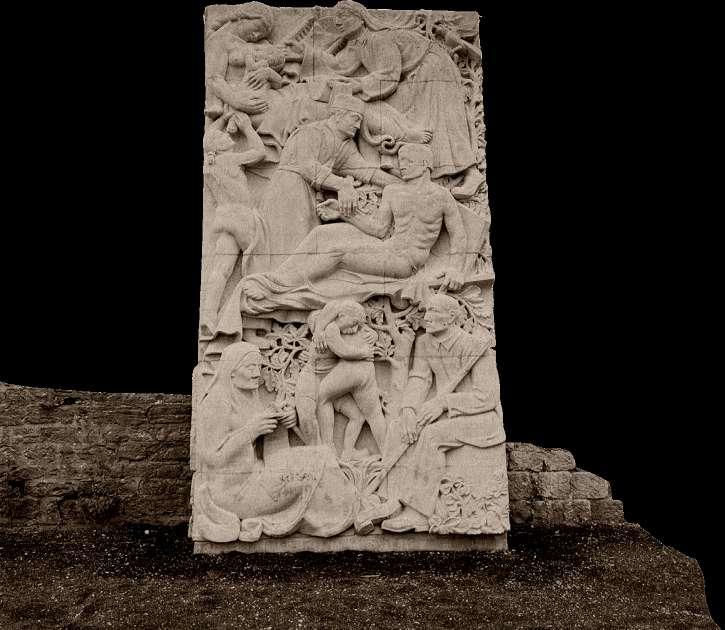

Various creative hands-on stations invite visitors to playfully discover the region’s historical connections and networks through interactive workshops, immersive experiences, or traditional crafts.
DU PATRIMOINE @ SPEKTRUM / Site Albert
Sunday, 29.09.2024 14:00 - 21:00
Free admission, no registration, family-friendly
Programme & Partners:
>DKollektiv (VEWA Dudelange) is a collective of artists, craftsmen and volunteers taking on a task of regenerating the wastelands of Dudelange (dkollektiv. org). On Sunday, they present various inventions and activities, including:
- D’Nuddelswalzwierk: A pasta rolling mill consisting of 3 rolling stands and a finissage.
Participatory chord rolling inspired by the rolling mill of the Düdelinger Schmelz.
- De StandbuererKebap: An old stationary drill experimentally converted into a kebap rotation machine.
- De Fëschmixxer: A funfair game: upcycled leftover furniture in an old wash bowl from the Düdelinger Schmelz.
- MinettMettMetal: Experimental jam session orchestrated by members of Dkollektiv + live music accompaniment to the silent film about Albert Hames at work on the war memorial at Gare Luxembourg.
>FerroForum (ferroforum.lu) is a project that preserves and promotes Luxembourgish cultural, industrial and traditional crafts heritage and the expertise developed to produce iron and steel. They invite everyone to try a curious miner’s treat such as Mettwurschte vun der Heizung (grilled sausages made on the heater).
>Minett: The Garden of Earthly Metabolisms
Kristina Shatokhina, Christine Chen, and Cornelis van der Male are a group of architecture students from the University of Luxembourg. Their performance takes you on a journey through the history of Luxembourg’s mining industry, inviting you to discover its tragic and metamorphic influence on the local communities.
>Serge Ecker: Passages
A Luxembourgish visual artist presents a 360° video of the inside of the Minette’s tunnels, including their map.
>Zohra Mrad: Mapping Hames Skulptur
An abstract video playing on loop over the recently renovated bas-relief by Albert Hames. The visual light projection brings the sculpture to life, using optical illusions to offer a new interpretation of the illuminated artwork. It highlights the generations and cycles of life depicted in the piece.
>Patrick Muller: DE / CODE – a visual art installation.
Interpersonal communication describes the coding of a thought into language and the de-coding of that language back into a thought. This process is always fragile and prone to misunderstanding, and cannot succeed error-free.
The audio part of the installation consists of a recording of Guy Helminger’s poem “Oh mei Luxemburg”, recorded by Guy Helminger.
>SPEKTRUM also offers a crafting workshop for children, an interactive guided tour through the preserved house and studio of Albert Hames and, of course, food & drinks at the centre’s bar…


Whether you’re settling into Luxembourg for the first time or rediscovering your roots, these events offer a perfect chance to deepen your appreciation for the local culture. There’s something for everyone in the programme, so we at ROUX Magazine invite you to step out, meet new people, and take in the history that shapes this place.
Let’s celebrate our heritage, so it may extend beyond the past and become part of our story today.
written
FerroForum Mettwurschte sausages

and designed by
Kristina Shatokhina

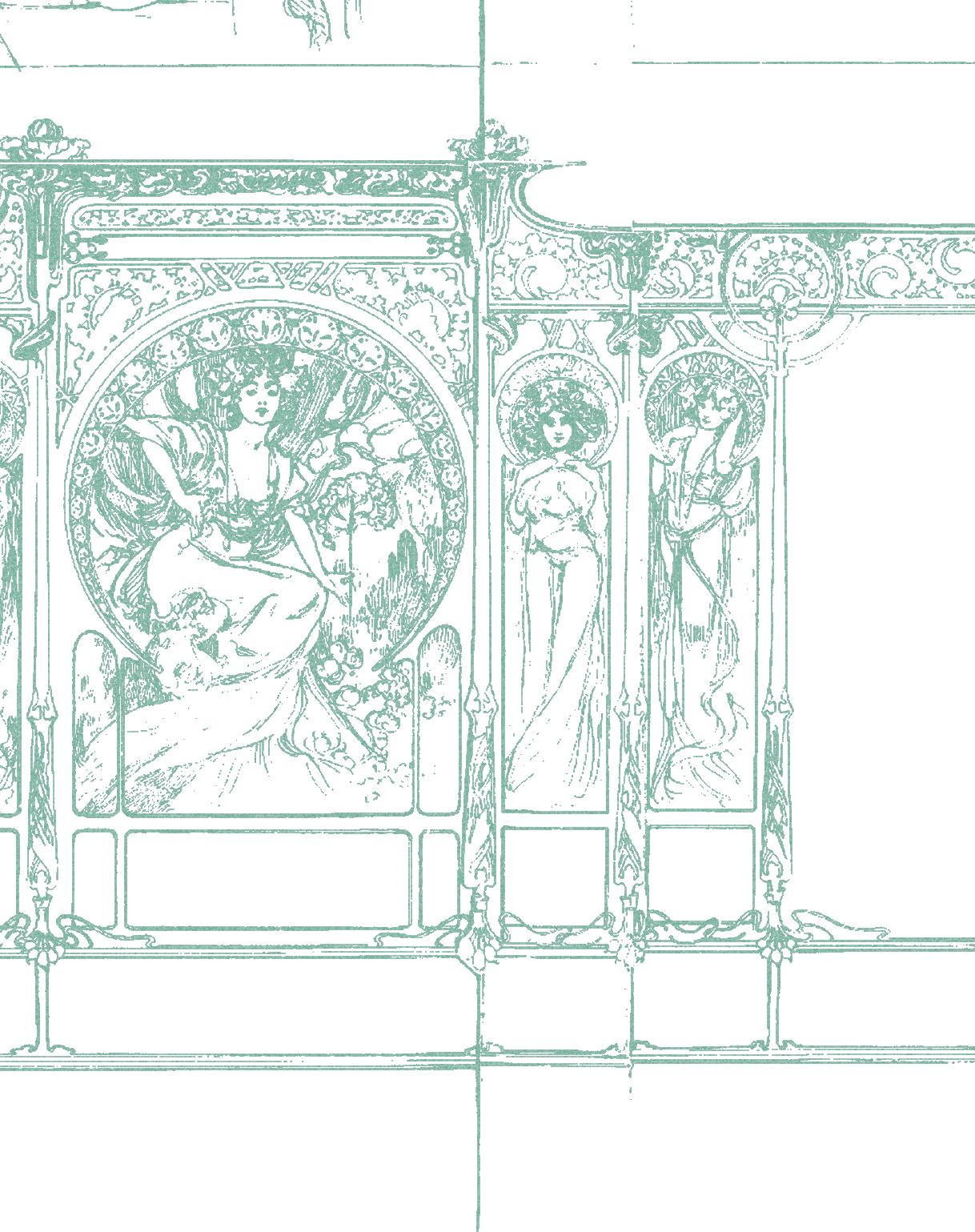






Let’s geek up, video game style. I played two highly expected open world releases this year, which made me think about open world design. These games are similar yet different: Horizon Forbidden West (HFW) and Dragon’s Dogma 2 (DD2). Time to dissect them.

For the non-gamers among us: “Open World” is a form of organizing the levels of a video game. The traditional level design formula often makes the player choose a level from some sort of menu. The player will play through the linearly designed stage, and will be sent back to the menu upon completing it; rinse, repeat. The levels are disconnected, they do not interact with each other, think Super Mario Bros here. Open world games however are games like GTA and Assassin’s Creed, where there is no menu to choose levels from. All the levels are baked into a much larger world, and the player will travel from one to the other without a menu.
There are infinitely many ways to implement an open world design, so I will break down HFW and DD2’s designs.
HFW has one of the better tutorial sections I’ve played. It exposes you to all the necessary mechanics of the game in a mostly linear fashion, sprinkling optional story-based content around. Once you’re done with the prologue, the breadth of the map skyrockets. The main goal is to go West. You can do that by following the path North, West, and/or South; each has its own biome and unique levels. You face another bottleneck section as you continue, similar to the prologue, and then the breadth-increase repeats at an even larger scale. The large scale of the map is accompanied by a very accessible fast-travel option; very handy as things get repetitive. Although the main questline will take you mostly everywhere, it does not have a strict ordering, and the player has significant freedom with which they can navigate and explore the world. The main success of HFW is the accessibility of open world navigation: you can go wherever you want whenever you want, however you want. This design is very compatible with the direct gameplay loop, which offers an equal amount of flexibility and freedom.
DD2 takes the opposite approach to most of the design choices of HFW (not fundamentally a bad thing!). The open world lacks breadth and is much more linear. The optional content that is spread around comes in the form of spaghetti paths you need to follow to bumfuck nowhere. This, combined with the very limited fast-travel mechanics, makes open world navigation repetitive as you will be taking every path at least twice (once going to the quest, once coming back), and the main roads countless more times, as all other paths diverge from them. This wouldn’t be such a horrible thing if the contents of the paths were rich and varied…
When you kill your first ogre on the main path, you feel great. You just bested the beast, utilized all your knowledge and tools and companions to their best and earned your spurs against the creature. The dopamine rush of your victory is significant. You go and finish your quest, and then you see the same ogre at the same place again on your way back to get your quest reward… Although the souls-like formula frequently aims to make the players experience a similar agony, it does not feel as draining because enemy variety keeps things novel (you won’t fight the same miniboss again), and the enemies you defeat get more and more insignificant as you progress through the game. Not necessarily because they get weaker, but because the player (not your character, I’m talking about you) gets better. However, the ogre is one of DD2’s relatively few “big deal” enemies. After steamrolling my 16th ogre/griffin/cyclops, just like the souls-like formula, they become insignificant. Well, what are you left with if the main gameplay loop itself becomes insignificant… The combat and companion systems are very well built, but because of its lackluster open world design, DD2 failed miserably to entertain me past the 10-hour mark. For a full-price AAA game, this is a problem…
HFW and DD2, two modern forks of the genre-defining video game franchise Monster Hunter, with similar gameplay loops but different open world designs, manage to deliver two different experiences. Although DD2 has greater gameplay depth and complexity (I have zero problems with games that use friction and hard design intentionally to tailor a specific gameplay experience,), the inefficiency of its open world rendered the rest of the game unbearable for me. HFW, on the other hand, built upon the first entry of the series in every way imaginable, and used a more accessible and softer design philosophy, proving to be a more compatible approach for a Monster Hunter-style formula.
Within the context of open world design: HFW > DD2
Written by Umut Ucak

Designed by Dorian Sousa Calvo


> I heard that you wanna learn to juggle.
>> Damn right. I wanna throw balls fast and high, but right now I can't catch anything thrown at me.
> Of course you're incapable. You haven't gone through Bruce-Lee level training yet, you'll never be able to catch a bullet but just maybe you can catch a juggling ball.
>> I don't know how whatever the hell you just said makes any sense, but please teach me s enpai . My body is itching and I have urges because I wanna learn so bad.

> Alright kiddo. Let's go grab a Kriek Lambic or a good trappist beer and head to the park, I'll teach you.
>> Kriek Lambic?? You're actively emitting negative sigma male energy for wanting a fruity beer. Get yourself a Guinness!
> No, you square, I'll get a fruity beer. ...At the park.
> click tshhhh glups glups Nice Cold f resh and sweet Catch brother!


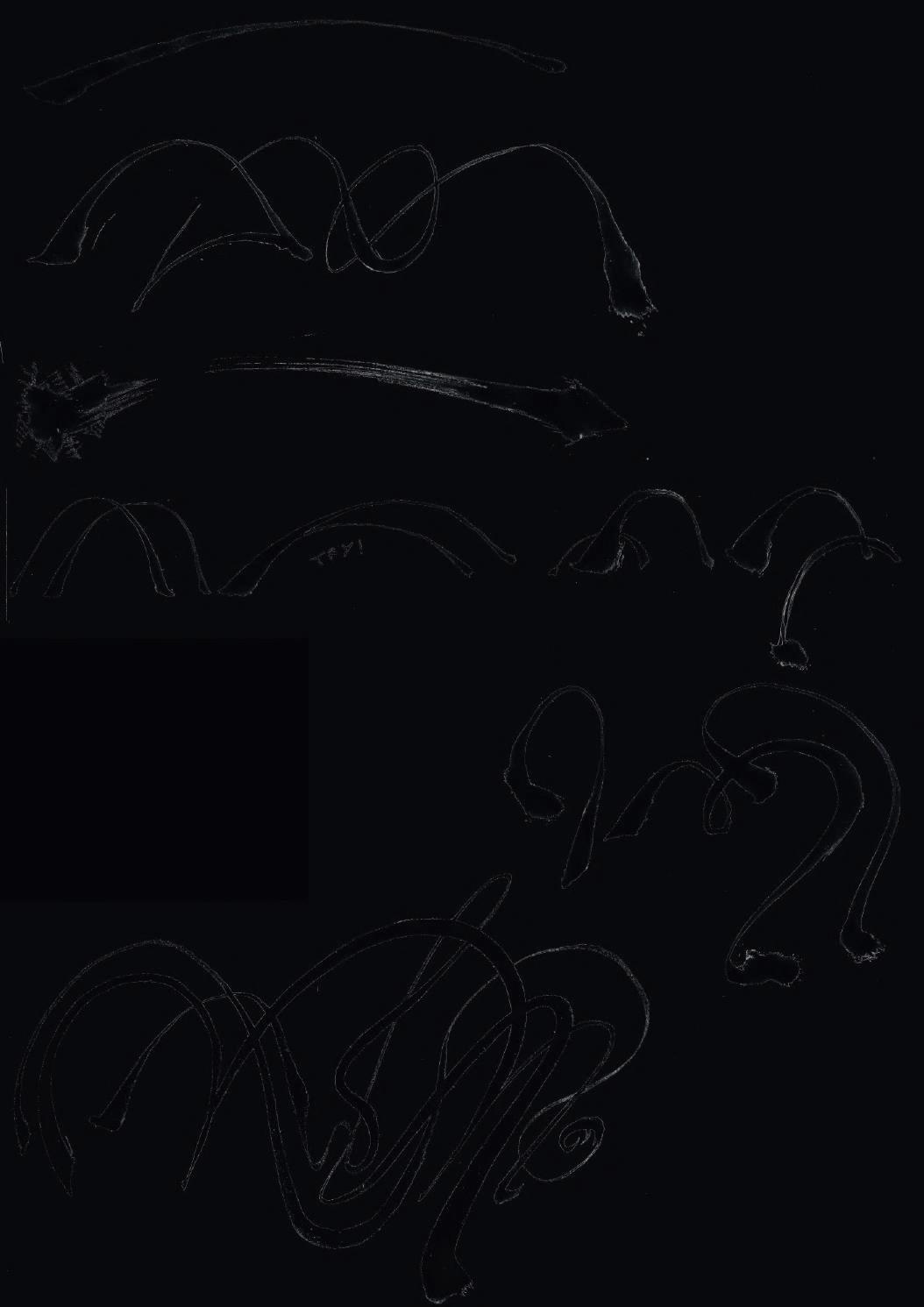


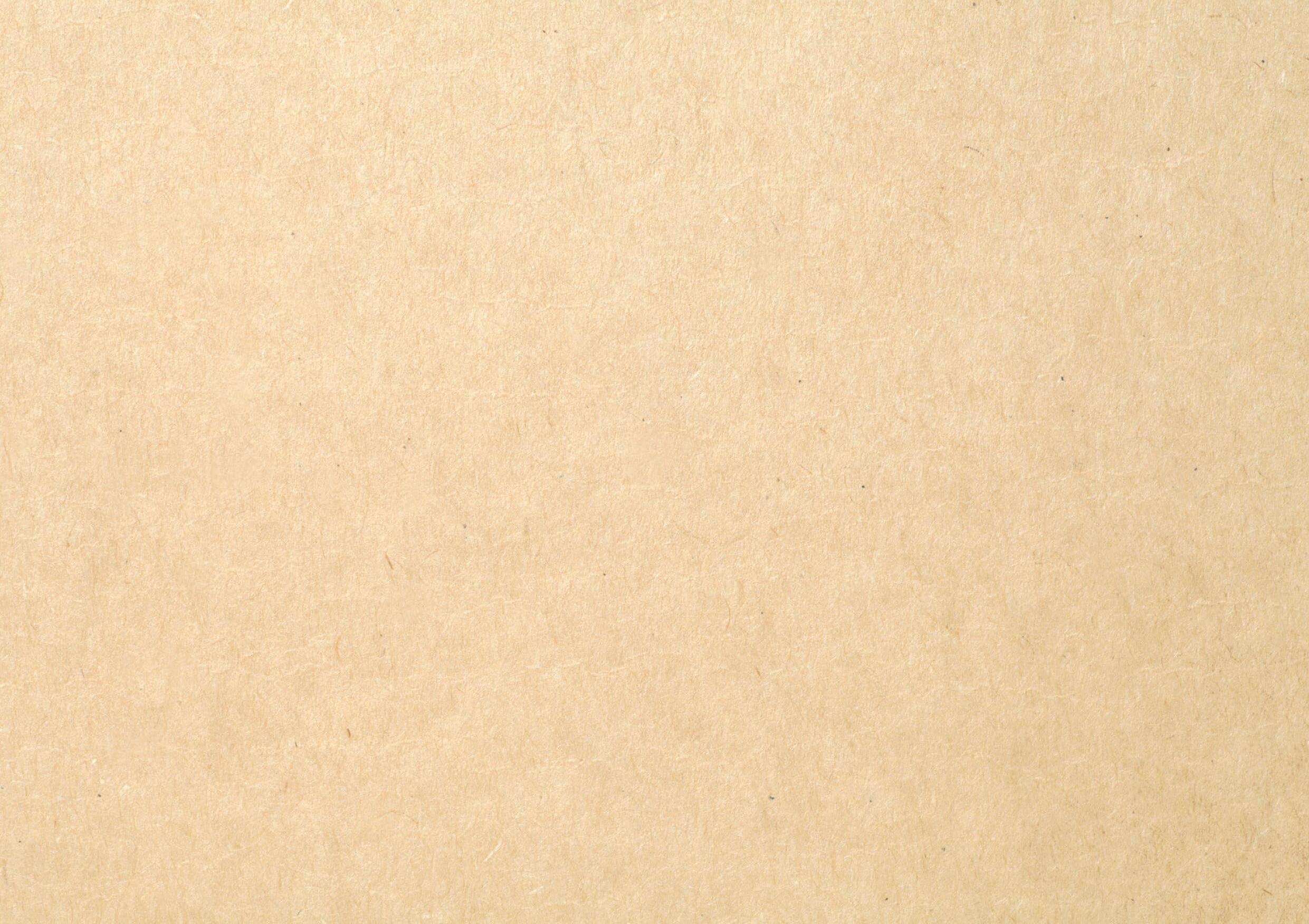

>> Go snort some laundry powder to clean that dirty mind Ahhhhhh 成 What's wrong?!!?

> It takes practice. Without effort and dedication you wo take a nap. glups glups. Good luck. 抠

> Finally! I see you have the hang of it now. You want to ju >> OMG yes please.
> Alright, I’ll give you 3 little obvious secrets. One, you should understand the structure of the juggling patte trajectories o ball, wait unt one. Figure ou speed of throw looking, and s Second, devel think of a rhy music, or even representatio juggle
Finally, you ne and trust your it You'll be ca >> Oh, I like t
> You clown 䠀

>> I sure do, a > Weirdo, any issues you're e
>> You droppe

By Jason Billard







I’m sitting by lake Monroe, on its Northern shore. It’s not called Monroe, though, and I’m not sitting either, but that’s beside the point. The lake is, as it were, somewhere in Eastern Europe, somewhere within the Carpathian Basin, once home to the Pannon Sea, now home to its few leftover waters and abundant fossils. This one, the fake Monroe, is the biggest of the ancient sea’s scrap reminders.
The water is muddy – oh, wait… let’s switch to storytelling mode for a while – so, the water was muddy, that’s how it got its real name as stolen from some Slavic language, the same way as the whole land was stolen from Slavs, and half of the language spoken in the sea basin was stolen from the same Slavs. The mud, a mixture of dead fish, algae and soil, silky and slippery, was naturally regarded as remedial against all diseases, and was dissolved in the freshwater of the lake completely. The water constantly changed its colour, depending on how the microscopic rotting body parts of fish and snail reflected sun and moonlight – it was also thick and syrupy from the mud, viscous, as the local thieves of the Slavs called it, with yet another stolen word from yet another people. Viscosity meant the following: water particles lubed up by mud slid against each other, resulting in even the weakest of winds vaporising the surface of the lake. This created a dense layer of tiny water droplets that sat in the air, killing everyone caught off shore in the wind. One could stand waist deep in the water and slowly drown without noticing. *
That summer, a group of elementary school children visited one of the Northern Monroe towns for a field trip. Their activity leader, one Mr John Smith, a physed teacher freshly out of college was alone with the thirty and some kids. Storms form quickly above big bodies of water, which is what happened a few hours into the beach day, with half of the children playing in the shallows, under supervision of their teacher. The wind came from the North-East, from between two hill ridges a few miles off the shore, carrying a giant black cloud that casted a shadow over the lake within seconds of appearing over the hills. The storm alert went off, its sirens muffled by the gush of the wind tearing up the water. The vigilants were quick to run for shelter under the roofs of the beach chalets, but the children were
too busy playing in the small cove, man made for their safety.
Mr Smith, standing among them in the water, rushed to pick them up one by one and ran with them ashore, one kid slung over his shoulder, another clenched under his arm. The storm was at its full force, with more than half of the children still in water and oblivious to peril, amused by the newly created waves bouncing them up and down and against each other. The water was shallow enough for John to move quickly; he managed to get all children out of the water and gather them on the shore before he collapsed, knee-deep in the lake, within a few metres of the safety of the grass lawn running along the beach.
Resuscitation attempts were in vain – lungs filled with water kill a man within minutes. John inhaled a deadly amount of water vapour (water dust, as the Carpathians call it) while running back and forth between the shore and the foaming waters of the cove. White foam is a tell tale sign waves are breaking apart to release the deadly, muddy dust into the air. Dark water turns pristine white reflecting any light stuck underneath the clouds, illuminating whatever stands in the way. The children watched silently at the body of John, laid on the lawn, his body gleaming, suspended against the white backdrop of water and the black, murderous clouds entrapping the wind above the shoreline.
*
Monroe storms are quick to form, and quick to go. We were still doing chest compressions awaiting assistance when the beach fell silent, the waves died down, and beach-goers emerged from their chalets. Carpathians suspected nothing had happened – they had not seen the white froth of the water, only present long enough to take what was its due, as the lake from time to time does, just like they took land and words from Slavs. A few loitered around John Smith’s body surrounded by the yet no more than startled children, their teacher’s lungs and nostrils filled with the muddy water dust of ancient sea creatures, now reflecting none of their hue, mud and light being tightly insulated within the corpse.
Water, however small it shrank during its history, prevails. And so does Summer, for the Carpathians. Beach time, save for a few quick storms, is perpetual at lake Monroe; death is no more than a borderline between recursive patterns, a stylus skipping back repeatedly to a groove on an overworn vinyl. The lake robs, as did the Carpathians.
(From a forever untold memoir of a Monroe lifeguard) written by Zoltan

par Valère Gaube
Sonetto CLXXVII
Che attraversanDo l’arDenna al suo ritorno in Provenza era Pieno Di Pensieri D ’ amore e non s ’ imPortava
Della guerra né Del PeriColo in Cui stava
Mille piagge in un giorno et mille rivi
Mostrato m’à per la famosa Ardenna
Amor, ch’a’ suoi le piante e i cori impenna
Per fargli al terzo ciel volando ir vivi.
Dolce m’è sol senz’arme esser stato ivi, Dove armato fier Marte, et non acenna, Quasi senza governo et senza antenna
Legno in mar, pien di penser’ gravi et schivi.
Pur giunto al fin de la giornata oscura, Rimembrando ond’io vegno, et con quai piume, Sento di troppo ardir nascer paura.
Ma ‘l bel paese e ‘l dilectoso fiume
Con serena accoglienza rassecura
Il cor già vòlto ov’abita il suo lume.
Sonnet 177
que traversant l’arDenne à son retour en ProvenCe il était Plein De Pensers D ’ amour et n ’ avait Cure De la guerre ni Du Péril où se trouvait
Mille pays par jour et mille lieues
M’a fait courir par la fameuse Ardenne
Amour qui cœurs et pieds des siens empenne
Pour voler vifs au tiers degré des cieux
Doux m’est d’avoir seul traversé ce lieu
Où Mars armé sa colère déchaîne
Comme vaguant sans barre ni antenne
Radeau sur l’eau recueilli silencieux
Or à la fin de l’étape éprouvante
Songeant d’où viens et sur quels vents porté
Le trop ardoir de mon fait m’épouvante
Mais le Lyonnais le Rhône leur beauté
Par gent accueil apaisent la tourmente
Du cœur jà tout à sa flamme et clarté

Sonetto CCCXI
nel quale uDenDo il Cantare Di un usignolo il Poeta ha granDe Dolore Di riCorDare la morte Della sua amiCa e si lamenta Della fortuna Delle Cose qua giù
Quel rosignuol, che sí soave piagne
Forse suoi figli, o sua cara consorte, Di dolcezza empie il cielo et le campagne
Con tante note sí pietose et scorte;
Et tutta notte par che m’accompagne, Et mi rammente la mia dura sorte:
Ch’altri che me non ò di ch’i’ mi lagne,
Ché ‘n dee non credev’io regnasse Morte.
O che lieve è inganar chi s’assecura!
Que’ due bei lumi assai più che ‘l sol chiari
Chi pensò mai veder far terra oscura?
Or cognosco io che mia fera ventura
Vuol che vivendo et lagrimando impari
Come è nulla qua giù diletta et dura.

Sonnet 311
Dans lequel ouïssant le Chanter D ’ un rossignol le Poète a granD Chagrin De se ramentevoir la mort De son aimée et se lamente sur la fortune Des Choses D ’ iCi-bas
Ce rossignol qui si suavement
Ses fils peut-être ou sa dame déplore
Ciel et campagne emplit de sentiments
Pies et courtois de la brune à l’aurore
Reparaît lors pour combler mon tourment
Dans mes pensers le dur cours de mon sort
Quand je croyais en mon égarement
Que chez les dieux ne régnait pas la Mort
Dupe de soi qui trop se fait confiance
Ces deux joyaux plus qu’un soleil radieux
Qui eût prévu la nuit sur leur brillance
Veut ma fortune ores j’en ai conscience
Que je comprenne aux larmes de mes yeux
Qu’humaine liesse est preinte d’inconstance
Explication
« Traduttore, traditore » : le traducteur est traître, et jamais plus qu’en poésie. Il ne l’est jamais qu’à son corps défendant, le malheureux, mais rien n’y fait : couve en voix de poète quelque feu mystérieux et inimitable. Tout langage a son génie propre ; et le poète, pour n’arranger rien, parle un idiome dans l’idiome.
J’ai voulu, par les deux traductions du Chansonnier que voici, imiter cet inimitable même. On comprend l’impossible de la tâche. Mais il fallait bien tenter le coup, sous peine de ne laisser que silence ou mortes lettres, et viser la lune pour espérer atteindre à tout le moins les étoiles. D’où l’astreinte à des formes poétiques analogues, à savoir : rendre le sonnet par un sonnet, en rime française et décasyllabe, parent historique de l’hendécasyllabe italien. La contrainte qui fut celle de Petrarque, je l’ai faite mienne autant que possible. C’est en ce sens que je parlerais plutôt d’imitation. Je serai satisfait si j’ai produit ici œuvrette qui sache charmer, qui se laisse lire même sans référence à son modèle : j’aurai alors recréé objet poétique, peut-être autrement inspiré, mais inspiré tout de même ; j’aurai manqué Pétrarque et sauvegardé la poésie, ce qui me paraît l’essentiel. Ceux à qui cet exercice aura plu pourront lire les Cinq sonnets de Pétrarque d’Aragon ou, toujours de lui, le sonnet Imité de Camoëns, lequel fut à son tour imité par Carlos de Oliveira, donnant lieu à une délectable partie de téléphone arabe.
J’ai voulu rendre service, non pas de philologue, mais plutôt, si j’ose dire, d’esthète éclairé. Et qu’on me pardonne s’il y a là outrecuidance ! J’espère qu’on appréciera l’effort, à défaut d’en goûter le résultat.
mise en page de Kristina Shatokhina
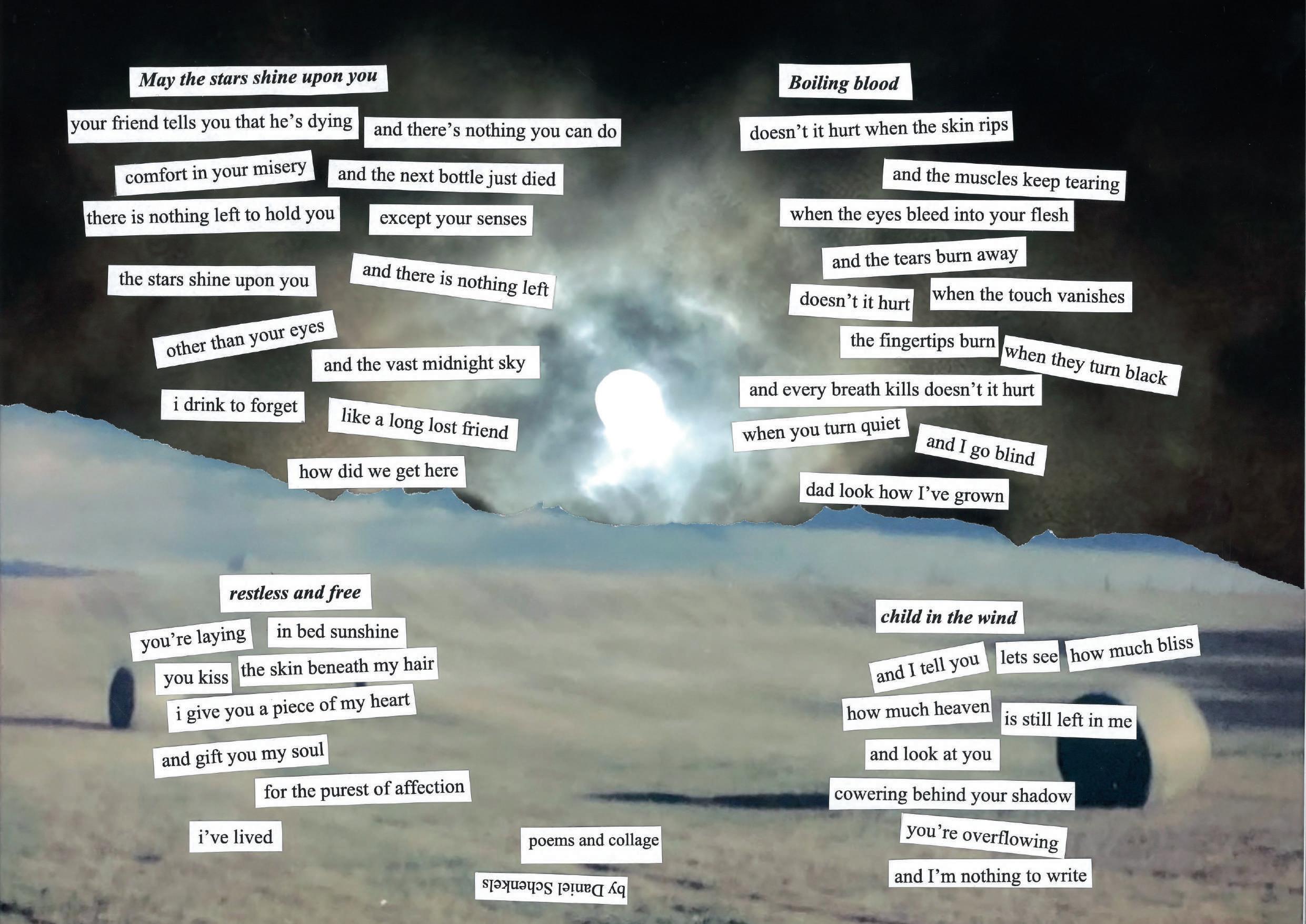













neon green. girl is fun. so keen. behind your screen’s cracks. unseen. dancing. posing. prancing. posting. florence. cannes. berlin. milan. ghosting. close the app. an hour’s gone (four, no less). neons. not your thing. don’t feel brat. drop the b. rat. you’re just rat. not in a pack. trapped with a solitary quest. scouring sewers for some cheese. mhhh. cherries. sour. watching closely. a treat to seize. carré de mirabelle. a taste of brie de melun. comté. kachkéis. anything to quell the itch. you strive to consume. yet ache to be consumed.
a moth to no flame. so bored with yourself. the way you look. barely speak. fumble with rhyme. the way you love. the way you bore. fail to intrigue. the way you rot. mundanity. the grind. you’re not brat. not charli. not kamala. not as peculiar as you wish. not witty. not snappy. just there. not julia. though julia roberts, maybe. in “pretty woman”. at least that’s the tale your friends weave. perhaps breathe. perhaps grow out your hair.
your friends. don’t take them for granted. a message. unexpected. lights up your heart, for a split second – not your screen. trick nr. 17, do not disturb. respond to their texts. their requests for your presence. for your silence. grasp their hands, their kind intention to drag you from the rut. the muck. the stinky sewers, offering cheese to nibble on, if only for a few hours.
they’ll be thrilled to watch kids’ movies with you –german flicks, “die wilden hühner”. female friendships, chicknapping, wild nature, dusk. doze in the sun on benches disintegrating, side by side. snap pics of you snapping pics of frogs. play badminton. bratminton! you suck. who cares? not you. not them. you’ve always been a klutz.
they’ll want to travel far just to join you on a hike in pouring rain – your silence doesn’t faze them. they’re tired, too. still they smile all the same. creeks and caves, car rides, coffee and conversation, in some border town café, crappy or not, they’ll stay. strike through your self-spun disguise. with blunt care. then hit the grocery aisle.


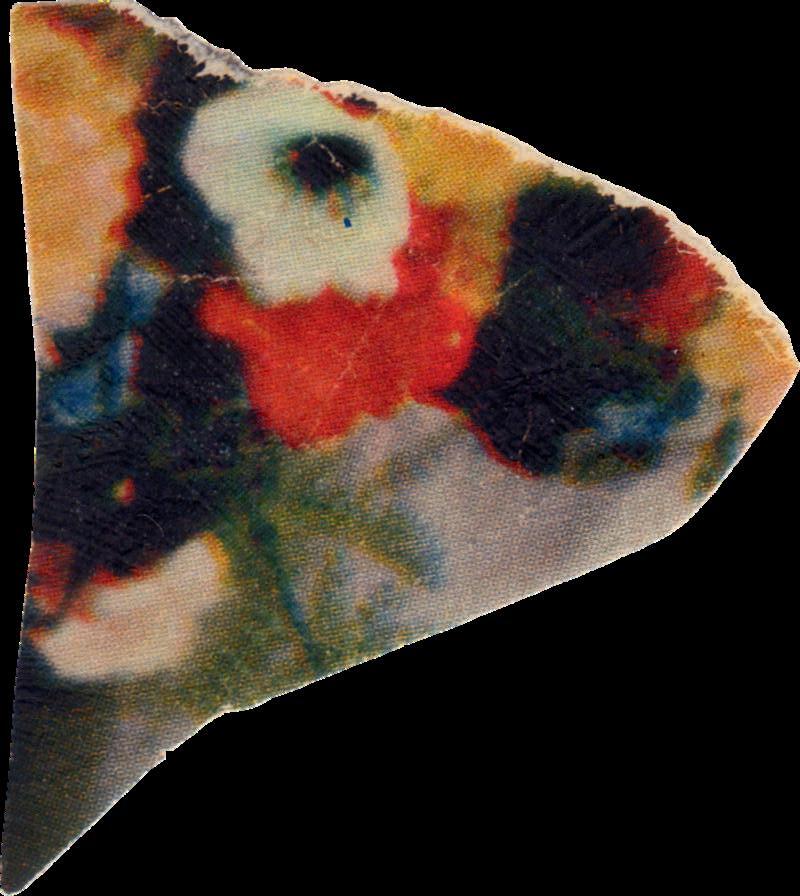
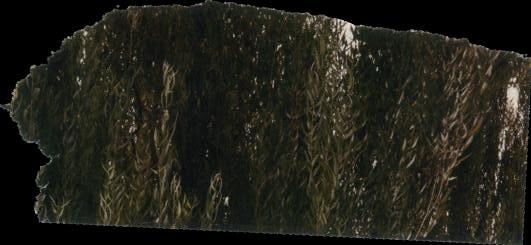




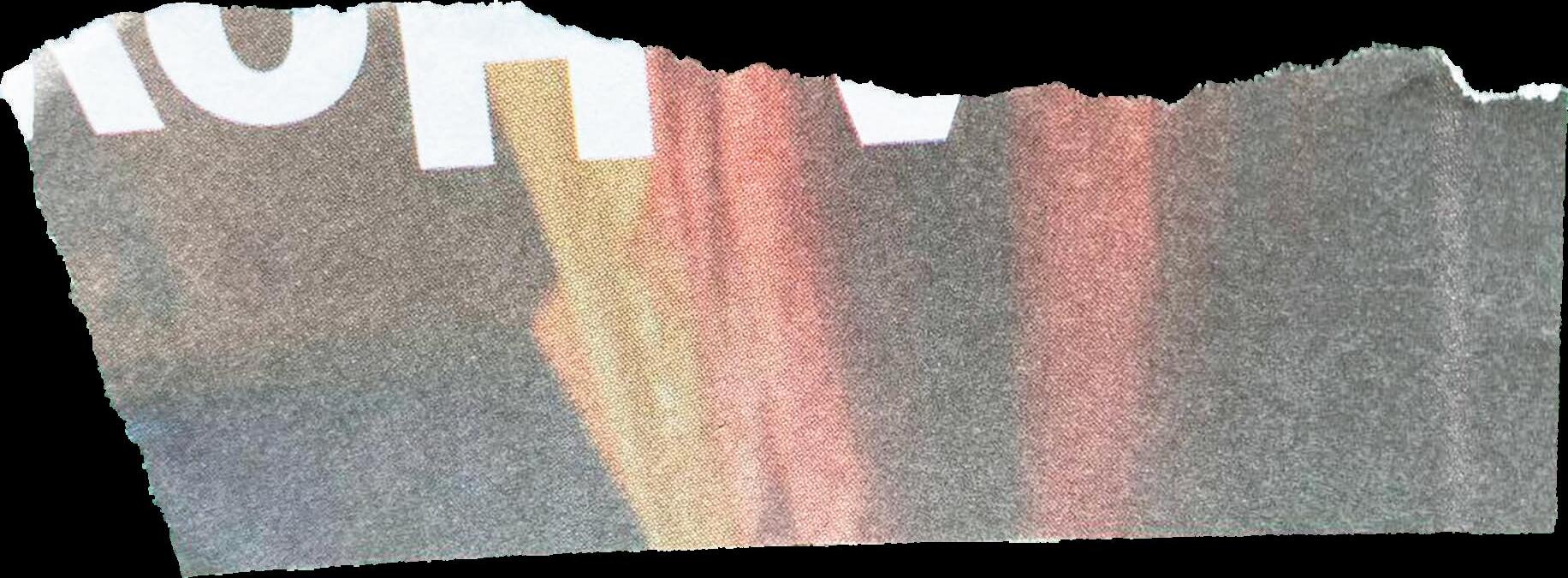










they’ll take you out for lebanese food because they love it, because they love you, want you to know their tastes. sit by the river after work, share pistachios. dream up a life in some rural italian town, making jam together, owning some cattle.
they’ll try teaching you to roll cigarettes. laugh as you fail. you haven’t seen them in two years. no space for embarrassment. failure’s endearing on abandoned terraces, on meaningless afternoons. nothing matters. you don’t have to be capable. you don’t have to impress. excite. just be. right there. borrow their favourite band shirts, compile them a mix, miss them when apart, write to them. write about them. write for them. write with them.
describe how friends wrap you up in long, warm hugs. hold on. pull you closer. don’t let go. let you bury your nose in the crook of their neck. allow you to find peace. comfort. repose. familiarity. trust. love. in the way they lightly rub your back.
let it linger. this fleeting spark of zeal that makes your synapses tingle. something real, delicate. shared cups of coffee, cuddles, tender touches, co-cooking, pseudo-experimental mishmash, sentimental voice messages, bottles of cider, letterboxd reviews, comment section flirts, stash of letters, wet hair, beading thread, orange juice, crooked smiles, ashes, lavender and thyme –momentary bliss, savoury, flowery, oh, what a view! that’s quite some cheese for a rat like you.
so – aestheticise. the rot. the rut. be okay with being boring. so very boring. a rat in a rut summer girl.
written and designed by to the rats. the rads. the rots. the hots. the brats. bratz? i love you. thank you for the patience. for the reblochon. such a cheesy token of your lovely presence.












For a filling, big dinner (on colder days specifically…)

This is my typical, go-to curry recipe I whip out when I very much feel like cooking and have about an hour to spare. To make this recipe quicker you can chop all the veggies a day or two before and store them in the fridge :)
Ingredients for two–four servings*:
250-500g chicken breast (or tofu)
250g of jasmine or basmati rice
1 bell pepper
2–3 carrots
1 zucchini
1 broccoli
written and designed by
Sofia Miller
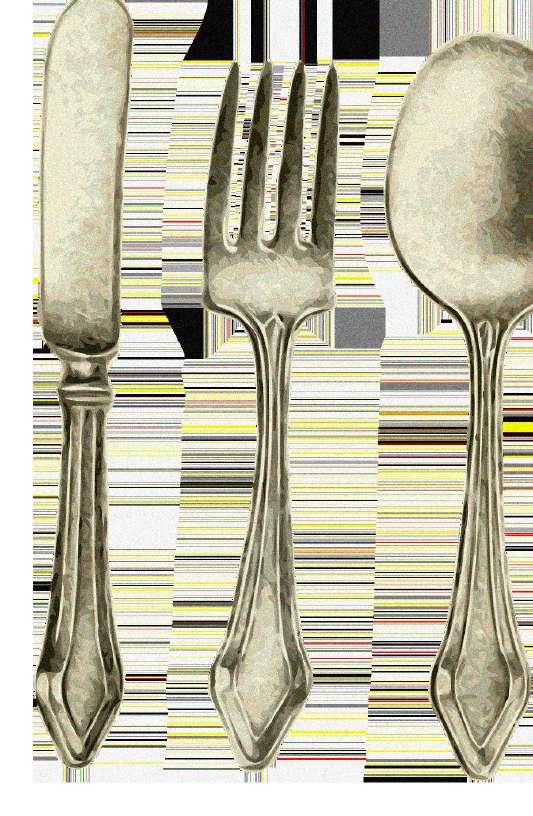
200-300g of brown or white champignons
1 can of coconut milk (about 400ml)
curry powder
(or: yellow/red curry paste!)


*I like keeping some leftovers for the following day(s)!




Instructions:
1. Cook the rice in a pot or rice cooker; I like to let the rice cook while I prepare the other steps to save time.
2. Cut the protein of choice (chicken or tofu) and, in a bowl, cover and mix it with a splash of soy sauce and the different spices. Pop it into the airfryer to grill or put it in the oven at 200 degrees Celsius until it‘s golden brown.
3. Meanwhile, chop, cut or dice all the veggies – dice the garlic cloves very finely, as well as the ginger (after peeling it, of course).
4. Heat up a large pan with some oil of choice and toss the garlic and ginger in; let that fry a little on low heat. After the garlic has slightly changed colour, throw in the rest of the veggies and let that cook for 10–15 minutes on medium heat.
5. Add the coconut milk to the pan so the veggies can have a little swim. If you feel like the sauce is getting too thick or it‘s not runny enough for you, add more coconut milk or some water. Then add all the mentioned herbs and spices, including the curry paste or powder (if you use powder, be very generous with it! Personally I like to add quite a lot so that the sauce can actually become a saturated yellow/red). Mix all of that and let it all cook on medium heat for another 15–25 minutes until the veggies soak up the bubbling, colourful sauce.

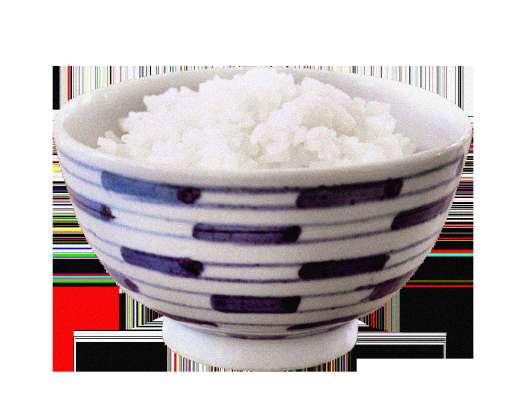
6. At this point, the rice and chicken/tofu should be done. Serve up the rice on a plate, add the chicken/tofu on the side and pour a preferable amount of veggies-sauce on top. If you‘re feeling fancy, you can even sprinkle some sesame seeds, parsley and chilli flakes on top to make it look presentable. Enjoy! <3





now the Sirens have a still more fatal weapon than their song, namely their silence